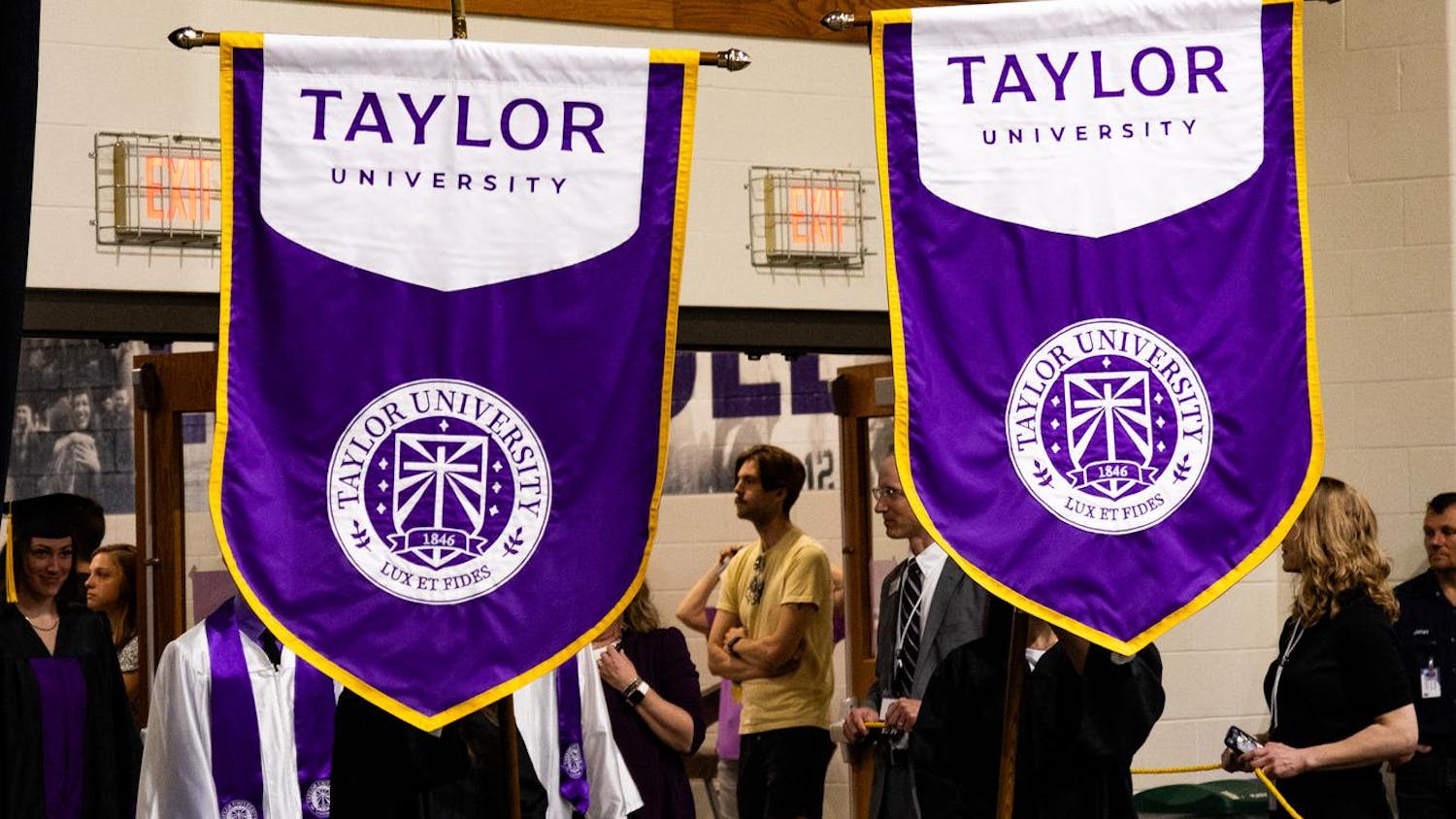By Rayce Patterson | Echo
If there was a chance that you could earn free money, and all you had to do was ask for it, would you?
The Free Application for Federal Student Aid (FAFSA) allows students to see if they qualify for any financial aid from the government, whether that be a grant or scholarship or qualification for a work-study program.
"This form is the way that you tap in to any of that, so by filling it out there is no guarantee that you will qualify for anything outside of student loans, but it's the only way to qualify for student loans," Financial Aid Counselor Matthew Klingstedt said.
The FAFSA opened for application on Oct. 1st, according to Danielle Coppola, account executive for Grey Group. The funding operates on a first come, first served basis, meaning the earlier the application, the higher the chance of getting aid. However, this only applies to the first time the application is filled out. The FAFSA needs to be filled out once a year, but if you are a returning student, just filling it out sometime in the fall semester will be okay, according to Klingstedt.
Not everyone receives the same benefits from the FAFSA, and the main factor in determining the benefits is your family assets. Anything like your family's income, tax returns, how many siblings you have or how old your parents are can affect what you receive from the government.
Unfortunately, "only about half of eligible American students complete the entire process (filing the FAFSA) and receive aid," according to Coppola. Coppola says this leaves about $3 billion unclaimed by students. Taylor does not require incoming students to file the FAFSA, so it is up to the discretion of the student and their family whether to file or not.
"The first thing we would say is 'have you ever filled it out in the past?'" said Klingstedt. "If the answer is no, it's probably worth doing it that first time. If you filled it out in the past and you say 'I only qualify for student loans' and . . . everything's taken care of, no, don't waste your time doing it."
The FAFSA is important for qualifying for financial aid, but it may not benefit everyone who fills it out. Regardless of who you are, it's probably worth looking to see what they have to offer.
Financial aid terms to know:
Academic year: The academic work a student must complete within a year. Some schools define this as one complete school year or two half years completed in a row.
Accreditation: A college or academic institution must meet a minimum number of requirements by the U.S. Department of Education to qualify for federal student aid programs.
FAFSA: Free Application for Federal Student Aid, students fill this out within a deadline and can become eligible for grants and loans. The earlier one fills this out, the better one's chances of receiving financial aid.
Grants: Need-based aid that that help fund a student's education that do not need to be paid back. Some of these include Federal Pell Grants, Federal Supplemental Educational Opportunity Grants (FSEOG) and Teacher Education Assistance for College and Higher Education (TEACH).
Loans (types): There are four main types of these: direct subsidized loans, direct unsubsidized, direct PLUS and direct consolidation.
Scholarships: Merit-based aid based on academic, athletic and various other kinds of achievements. Schools provide some of these, but students can also locate other scholarships through a number of searches available to them. Work study: Federal Work Study allows for students to cover some of the costs of college by allowing them to work part-time at their colleges.



